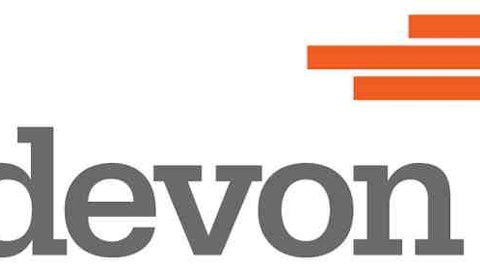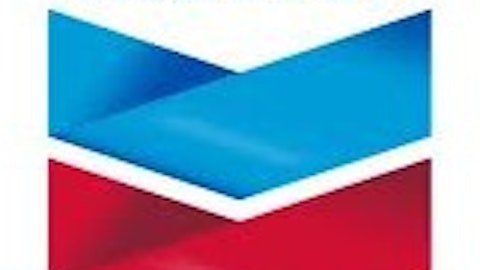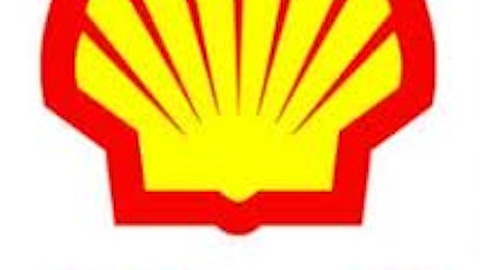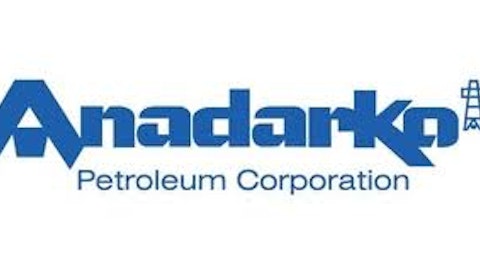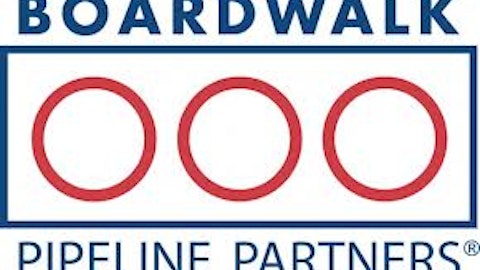Norway’s state-owned oil giant Statoil ASA(ADR) (NYSE:STO) reported its second-quarter financial results on July 25. Let’s take a closer look at why the company’s earnings fell and what its future may hold.
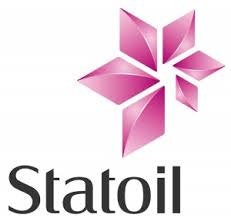
Why Statoil ASA(ADR) (NYSE:STO) earnings fell
Statoil ASA(ADR) (NYSE:STO)’s adjusted after-tax net income for the quarter came in at NOK 11.3 billion, or $1.9 billion, down from NOK 11.5 billion in the year-earlier period, while revenues plunged 26% year over year to NOK 148.3 billion, or $25 billion.
The main culprits behind the decline were decreased oil and gas volumes and lower prices for both natural gas and oil. For the quarter, Statoil ASA(ADR) (NYSE:STO) saw a 5% year-over-year decrease in average realized oil prices, which averaged $93.90 per barrel and an 11% fall in average realized gas prices, which came in at NOK 1.98 per standard cubic meter. The company’s total quarterly production was 59% oil and 41% natural gas.
Production decline
Of the oil majors that have reported financial results so far, Total SA (ADR) (NYSE:TOT) saw a similar decline in second-quarter profits due to lower realized oil and gas prices, which resulted in the French oil giant posting a 3% decline in quarterly profits.
But unlike Total SA (ADR) (NYSE:TOT), which reported its first production gain in three years, Statoil ASA(ADR) (NYSE:STO) reported a 1% decrease in total oil and gas production due mainly to natural production declines at some of its mature fields in the North Sea. Were it not for the impact of these maturing fields, the company would likely have registered a solid production increase, given that it reported record output from its fields outside Norway.
The outlook for Statoil
Despite the earnings miss, Statoil ASA(ADR) (NYSE:STO)’s outlook remains quite favorable. The company maintains strong positions in various frontier ventures around the globe including the U.S. Gulf of Mexico and offshore Africa. It is also expanding its presence in onshore U.S. oil plays, having recently assumed operational control over a portion of acreage in the prolific Eagle Ford shale of Texas that it operated jointly with Talisman Energy Inc. (USA) (NYSE:TLM).
Statoil currently holds about 73,000 net acres in the Eagle Ford and plans to add more if the price is right. It also maintains positions in other major U.S. oil and gas plays, including the Bakken shale in North Dakota and the Marcellus Shale in Pennsylvania, where it initially purchased a stake in acreage operated by Chesapeake Energy Corporation (NYSE:CHK) back in 2008 and has since acquired acreage that it operates independently.
To offset production declines at its mature North Sea fields, the company plans to drill 50 wells and allocate roughly $3.5 of its $19 billion capital budget to exploration activity this year. For the remainder of the year, investors may want to watch the company’s progress in four crucial projects, including its Barents Sea drilling campaign, its operations in the Bay du Nord on the Canadian east coast, its Sake prospect in the Gulf of Mexico, and its Cachalote & Buzio ventures in Mozambique.
In addition to these ventures, Statoil has major projects due to start up in 2013-2016 and in 2017-2020 that should provide additional installed capacity of nearly 2000 mboe per day and help the company boost production from 2 million barrels of oil equivalent a day to 2.5 million by 2020.
However, further cost inflation and delays in project start-ups are two major risks to consider. If any of its major growth projects get delayed, the company likely won’t cut its dividend but may be forced to resort to additional asset sales or new equity issuances to compensate for the reduction in expected cash flow.
The article Why Statoil Earnings Fell originally appeared on Fool.com is written by Arjun Sreekumar.
Fool contributor Arjun Sreekumar owns shares of Chesapeake Energy. The Motley Fool recommends Statoil (ADR) and Total SA (ADR). It has the following options: long January 2014 $30 calls on Chesapeake Energy.
Copyright © 1995 – 2013 The Motley Fool, LLC. All rights reserved. The Motley Fool has a disclosure policy.
